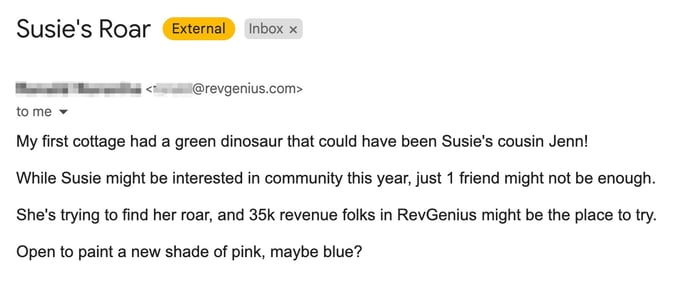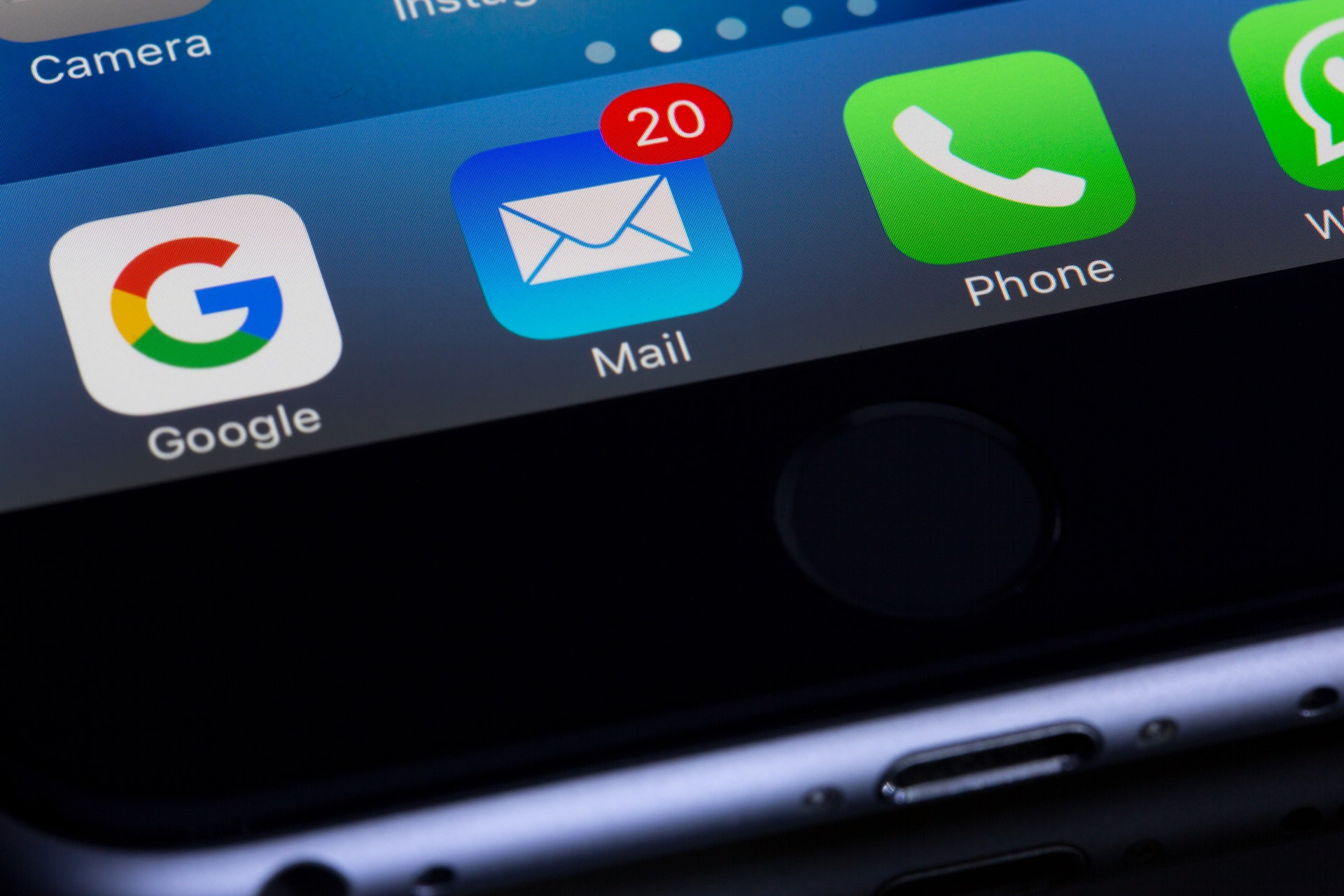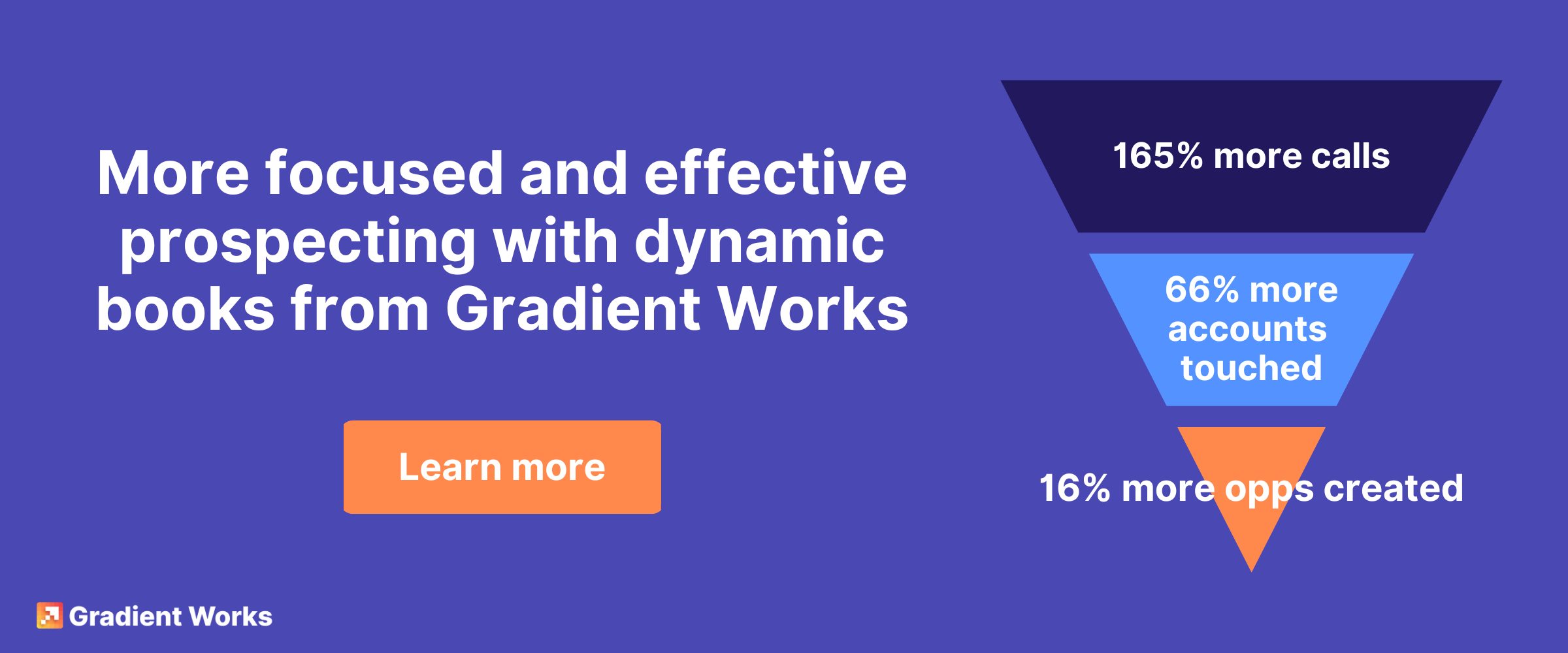It’s an extremely tough time to do B2B sales prospecting. This is true for outbound SDRs, AEs who now have to source some of their pipeline, and really everyone in sales, management, and marketing.
Why is it so hard right now? You’ve probably seen the anxious LinkedIn posts. Some claim outbound is dead. Others say that since inbound has dried up, all we have left is outbound. And yet others say we’ve ruined outbound. The only thing everyone agrees on is that outbound is really super hard to get right, right now.
Now we don’t believe outbound is dead. But we do agree that we’ve ruined outbound and we've got to do something to fix it.
How we (all of us) completely ruined outbound prospecting
As an industry, we've all but destroyed outbound prospecting over the past few years. Sales engagement automation means it's easy to email hundreds of people with just a few clicks. We can simulate personalization by automatically inserting a prospect’s name, company and location into an email - because we’ve enriched our leads with that information.
And that means that each one of our prospects gets dozens of emails a day, probably more. When an executive starts a new role, they’re getting cold emails their very first day on the job.
Then, because we email so much, lots of our email domains get marked as spam, so our emails never even make it to the inbox. And even when they do make it to someone's inbox, their inbox is so full that they probably won't see it anyway, so then we have to resort to tricks to get people to open an email. Spammy subject lines, egregious use of prospects' first names, fake references to past meetings.

And we can’t trust email open rates - some email clients pre-fetch emails which tricks the image pixels into thinking an email was opened even though it wasn’t. Other clients don’t load images at all, unless explicitly asked to. So we don’t even really know how effective our outbound emails really are because the way most email tools measure this doesn’t work any longer. We could measure based on responses, but no one responds anyway.
So now, since email doesn't work anymore, our next instinct is to pick up the phone to call prospects. But tons of people work from home now, and may not have a desk phone or direct contact number. So we call their personal cell phone. Sometimes we leave a message, but most of the time we don’t, which means we will call again and again hoping for a connect. Sure it’s more manual to call someone than to email them, but we can automate this process too - not quite as much as email - but there are autodialers, software that disguises or changes your phone number, and more.
And let’s face it - no one wants to answer their phone anyway. Millennials and Gen Xers rarely answer the phone, and they probably represent a sizeable portion of our prospects. In fact, lots of people block unknown numbers from even ringing. So now we’ve ruined the phone too.
All of these advances in automation mean one thing - as a group, we have ruined outbound. It’s impossible to stand out in the absolute mass of cold outreach everyone receives. More emails faster has turned into bad emails everywhere.
How we can fix outbound prospecting, really
So, given the dire state of outbound, is there anything we can do? Yes! I believe we can fix this, but it's going to take some work.
I get 30-50 cold emails a day. More than half end up in my spam folder automatically - I never marked the sender as spam, but Google has decided those emails look sus. The other half end up in my inbox, and I never open a majority of those. I open maybe 2-3 cold emails a week. I've only responded to 1 cold email in the past 2 years. This one:
 This email, from a very creative sales rep at RevGenius, came a few weeks ago and it's a great example of what cold outreach should look like.
This email, from a very creative sales rep at RevGenius, came a few weeks ago and it's a great example of what cold outreach should look like.
Why? Because it's an email from a person, not a tool. Because it's actually personalized, it's short, the personalization is clearly connected to a business problem, and the offer is relevant to something I might need. Because I can tell the seller actually took some time to learn a bit about me, and write this email from scratch.
The email stood out because it was real.
The first step in fixing outbound is by making more outreach look like this. We need to stop mass-emailing hundreds of contacts with pseudo-personalization, and start taking the time to create something a real person would actually want to engage with.
We need to send fewer and better emails.
So what goes into a good outreach email? Here's what I look for.
1. Use actual personalization
I loathe the fake personalization used in mass email campaigns. You can spot it a mile away - the use of your first name in the subject line (even worse if they spell your name wrong!), the bland mention of your company name, and so on. Anything that suggests an email tool used a token to insert names to make it seem personalized while it's actually the opposite. Personalization at scale is an oxymoron - you can either personalize something or you can do something at scale. You can't do both.
I also hate lazy personalization. Mentioning something generic ("I see you run marketing") or obvious ("We both use LinkedIn!") shows me you did the absolute minimum when it comes to account research. That's almost worse than doing no research at all. I'd rather someone just emailed and said "Hey I'm trying to sell you this. Any interest?" At least it's honest.
The only outreach that works is outreach with real, actual factual human personalization (they don't call it computeralization, after all). Find something real to connect with your prospects about. It doesn't have to be something you have in common, but cool if it is. This actually isn't that hard, but it does take a few minutes. It doesn't even need to be all that creative, but it needs to be real.
You want to try to create an authentic connection and say something to stand out. That's it.
Things that don't count as actual personalization unless you have a deeper hook:
- Attending the same college. A more effective hook would be graduating the same year, knowing the same professor, even going to the same very small school. But don't just tell me you also went to the University of Texas, because half a million people can literally say the same.
- Living in the same city. Deeper hooks could be sharing specific experiences or events, moving there from the same former city. Don't just tell me you also live in Austin (or worse, that you visited here once), because millions of people can say the same.
- Listened to a podcast/read a blog post. Deeper hooks would be sharing a takeaway or unique insight from the pod/post, relating the topic to something else you've read. Don't just tell me you read my LinkedIn post without telling me something about the post you read and what you thought was interesting about it.
If you follow me on LinkedIn, you know I have a giant dinosaur in my front yard. Her name is Susie. This is an easily accessible fact that takes two minutes to learn. It's also a surefire way to get me to at least look at your email. It's wild that only a few cold emails have ever mentioned her. It's a great way to show me you're paying even a little bit of attention. Everyone has a Susie, so find your prospect's Susie.
2. Keep it short
This is the hardest thing to do in email (or blog post writing, apparently). We all write too much. We try to cram in too many ideas. All the bullets and bold text in the world won't help your reader parse an email with 5 paragraphs.
So start by drafting your email, and then cut it in half. Maybe cut it half again. Keep it short. Shorter than you might think it should be. Your goal with each email is to communicate one single thing - what is that thing?
In cold outreach, we tend to overwrite because we want to communicate a complex business problem, show how our solution would help solve it, provide social proof, include a link and maybe one more CTA just in case, and so on. This is how you end up with emails way longer than your prospect will ever read, especially since your email will be one of many emails they get that day. Respect their time and keep it short.
I love how the email from the RevGenius rep is just four sentences. It helps that I know what RevGenius is, so there's some brand recognition already, but that isn't a requirement to keeping something short. If you feel the need to explain more about your company or product, don't. Stick to one or two sentences about your company, max. And then when you send a follow-up email, use one or two different sentences. Communicate one idea or value prop or offer per email.
That also means you need to make those few sentences impactful. It may take you longer to write a short email than a long one, but it's time well spent.
3. Be relevant
This sounds ridiculous, but make sure what you're offering is relevant to the prospect. If you're selling community sponsorships, don't email the head of customer success. If you're selling sales tech, don't email the CEO.
Find the right person/people for your offer, and please don't email everyone at the company. We talk to each other, and we know when one sales rep has emailed 6 different team leads in a desperate attempt to get someone, anyone, to reply. Target your outreach to the right contacts. Spend the time doing your research.
You also need to show that you're interested in the prospect's business problems. But you don't want to assume you know everything about this problem. It's a tricky balance, especially in a brief email or phone call.
One of the big mistakes I see in cold outreach is over-assuming what you think you know about a persona. If your marketing team has done their job, you probably have a set of detailed personas to work from. And you know how your product solves some specific pain point for each persona. But the problem with personas is that they're still broad generalizations. Do not assume that the individual you're talking to has the high-level problem sketched out for the persona they match. Figure out a way of learning if they do have that problem, or if it manifests in a different way than you expect.
4. Don't waste the most valuable real estate
In an email, the subject line and first sentence may be your only shot at getting a prospect's attention. Do not waste them on generic text or obvious platitudes. Don't put the prospect's name or company in the subject. Don't say you hope they're well. Make those areas high impact by including attention-grabbing content. Something unique or interesting or urgent.
Don't spam, don't lie, and don't be bland. Find something that will stand out, something that will connect with your prospect.
And never use the same subject twice with a prospect. Most email clients will thread those automatically, and prospects may never see your follow-up emails. Start a new email with a new subject. If your first try didn't land, try something different on your next try.
5. Be a person
Just write like a person. Be kind, empathetic, funny, whatever you are. Write what you would want to read. Because let's be honest with each other here - would you open or reply to the emails you send? Would your boss or co-worker? Would your CEO? If they wouldn't open it, then your prospect probably won't either.
tl;dr - Send better emails, but send fewer of them
To sum this up, we've broken outbound prospecting, especially email outreach. Most sales emails are terrible and it's getting harder and harder to break through all the noise. To fix this, we all need to agree to stop spamming everyone under the sun with millions of emails, and focus on sending fewer, better emails. Real emails from real people. That's what will get through.
Of course, this won't be possible if the accounts you’re reaching out to are the wrong accounts or even the right accounts at the wrong time. Be absolutely sure that you’re focused on the highest-potential prospect accounts at all times. If you’re spending more time on each email, you won't be able to engage as many accounts, so you need to make sure your time is focused in the right place. More on that here.
Good luck and happy emailing!




